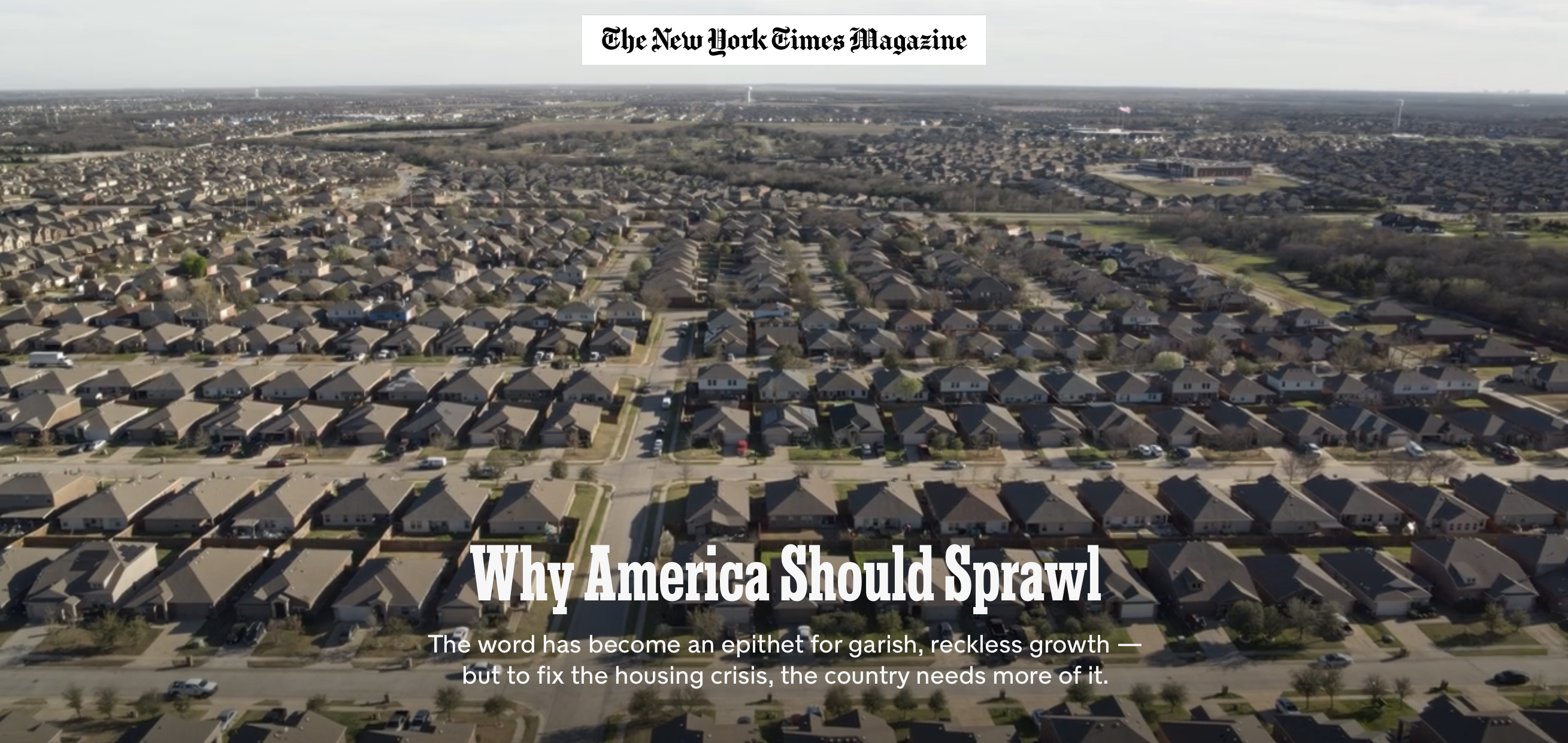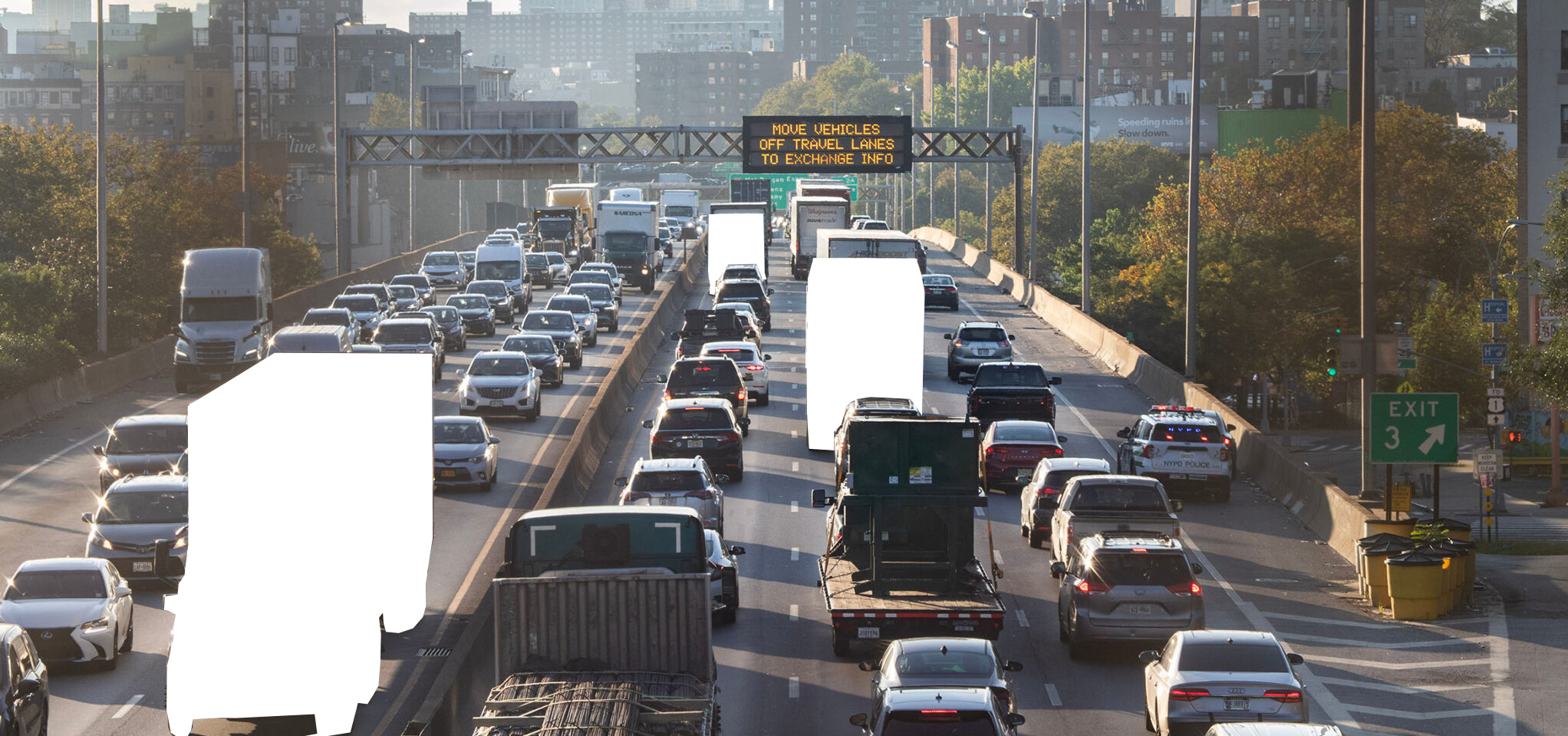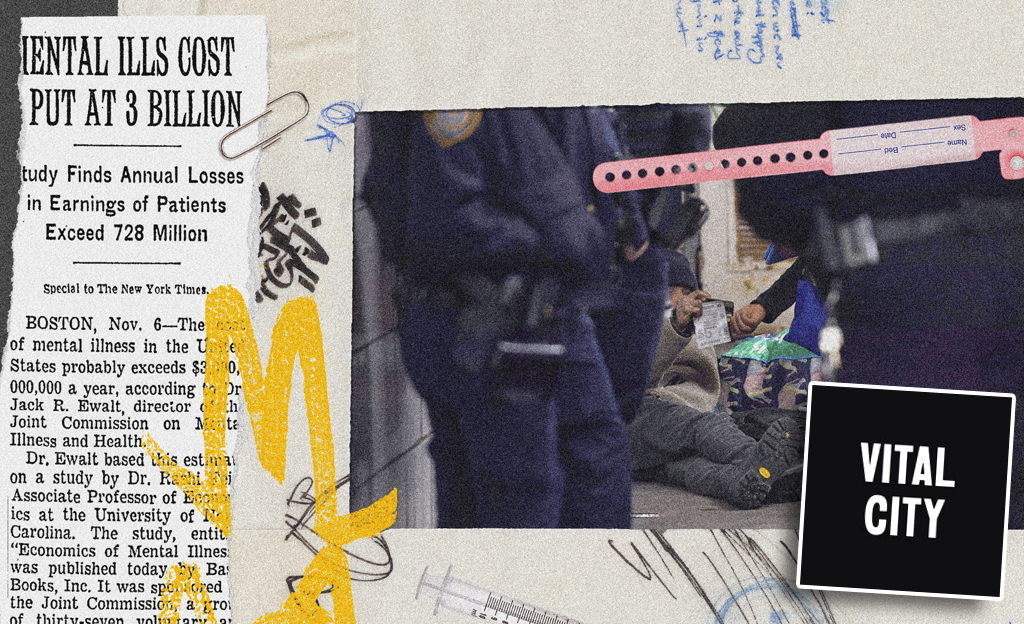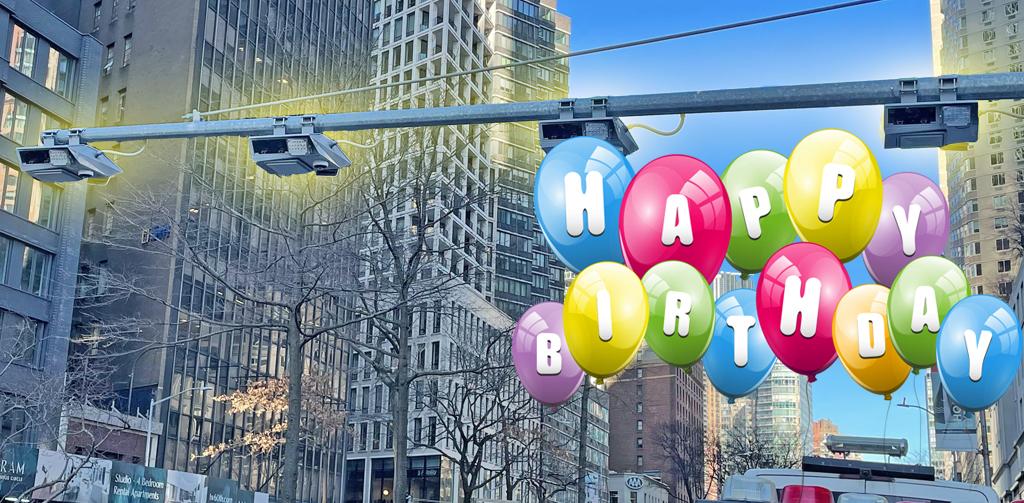Yes, everyone knows I have "issues" with the New York Times. And, no, it's not because they never hired me and not because every newspaper idea I've ever had (quirky videos, writing pieces that are more about myself than the news, puns) showed up in the Times three years later, but it's because any paper with a great city in its name should take urbanism seriously.
And the Times does not.
Today's example? Thursday's posted magazine story, "Why America Should Sprawl" and its subhead, "The word has become an epithet for garish, reckless growth — but to fix the housing crisis, the country needs more of it."
OK, provocative, sensational headlines are another way I was two steps ahead of Times trends throughout my career, but the headline on Conor Dougherty's piece actually isn't misleading: that's what the story is about. It's a defense of suburban sprawl on the grounds that our nation is millions and millions of housing units behind what is needed.
No argument there. And Dougherty is certainly right about how single-family zoning has made it impossible to build dense housing in existing cities.
But would it have killed Dougherty to at least consider that sprawl has negative consequences such as car dependence, which leads to poor health outcomes and other suburban negatives.
In fact, when Doughtery mentions transportation, it's only as an aside, such as when he discusses the original growth of the suburbs in the 1920s: "First railroads, then automobiles changed that, opening the gates of suburbia to the middle class," he writes. Um, railroads are one thing — they move hundreds of people efficiently from a suburban town center to an urban town center. Cars are the opposite of that: causing congestion, pollution, stress and inefficiency.
Later, when discussing a Texas boom town, he writes, "There are not many local jobs, so most of Princeton’s residents commute out of town for work" — and they commute, of course, by car because there is no transit.
And ever the apologist for building cities of 50,000 people in the middle of nowhere, Doughtery dismisses concerns out of hand:
Princeton’s godawful traffic and its views of pastures being consumed by tract homes are exactly the sorts of scenes opponents of sprawl have in their heads. But this is how cities are built: through a chaotic and uneven process in which the mix of homes, jobs and infrastructure is constantly shifting and never quite in balance. Instead of endless sprawl, it’s better to think of boomtowns like Princeton as economic nodes in a broader region. Their relationship to Dallas proper is akin to Newark’s relationship to New York or Oakland’s to San Francisco: They begin as satellites of the core city but, over time, become their own cores.
Um, no: Newark and New York City, and Oakland and San Francisco are connected by vibrant transit networks that carry millions of people daily without congestion. Princeton, Texas is sprawl.
But don't listen only to me, a well-documented Times critic. Listen to Yonah Freemark, who is one of the five people I'd want to be in an urbanist foxhole with in Sean Duffy's war on cities:
Not a single time in this article glorifying the need for sprawl to address the US's affordable housing crisis is there a mention of the vast transportation costs of sprawling living patterns. Nor is there mention of the fact that sprawl is directly linked to disinvestment in urban cores.
— Yonah Freemark (@yonahfreemark.com) 2025-04-10T12:46:09.397Z
- It was nice to see that Bloomberg City Lab picked up on our own Nolan Hicks's report, previewed here, about making inter-city trains faster.
- More than 2,000 people oppose safe streets in Astoria (using a welter of new, but just-as-irrational-as-ever arguments). Looks like the DOT, Council members and local activists will have to do better to debunk the bike lane myths. We've done our part. (Astoria Post)
- Speaking of debunking myths, Randy Peers, check out what happens when business districts transform their streets to favor people, not cars. Meanwhile, you seek to stifle business. (Greater Birmingham Chamber)
- Shithole, Sean? Not with elevators like these. (NYDN)
- The DOT did a good job on the road diet on Seaview Avenue in Staten Island, but "Debbie" doesn't like it. (amNY)
- The fight for public toilets moves to its fifth decade! Is this time the charm? (NY Post, NY Times)
- The NYPD now has a quality-of-life program. Critics say its stop and frisk by another name (NY Times, NY Post), but Gothamist says it will involve illegal parking.
- What do Republicans have against composting? (Gothamist)
- The Long Island City Post previewed Saturday's rally to open the long-stalled pedestrian path on the Queensboro Bridge.
- And, finally, all jokes aside about Elon's Swasticar, it's nice that this bollard saved a pedestrian's life:
NYC traffic bollard for the win 🤣
— WuTangIsForTheChildren (@wutangforchildren.bsky.social) 2025-04-10T14:37:29.493Z






